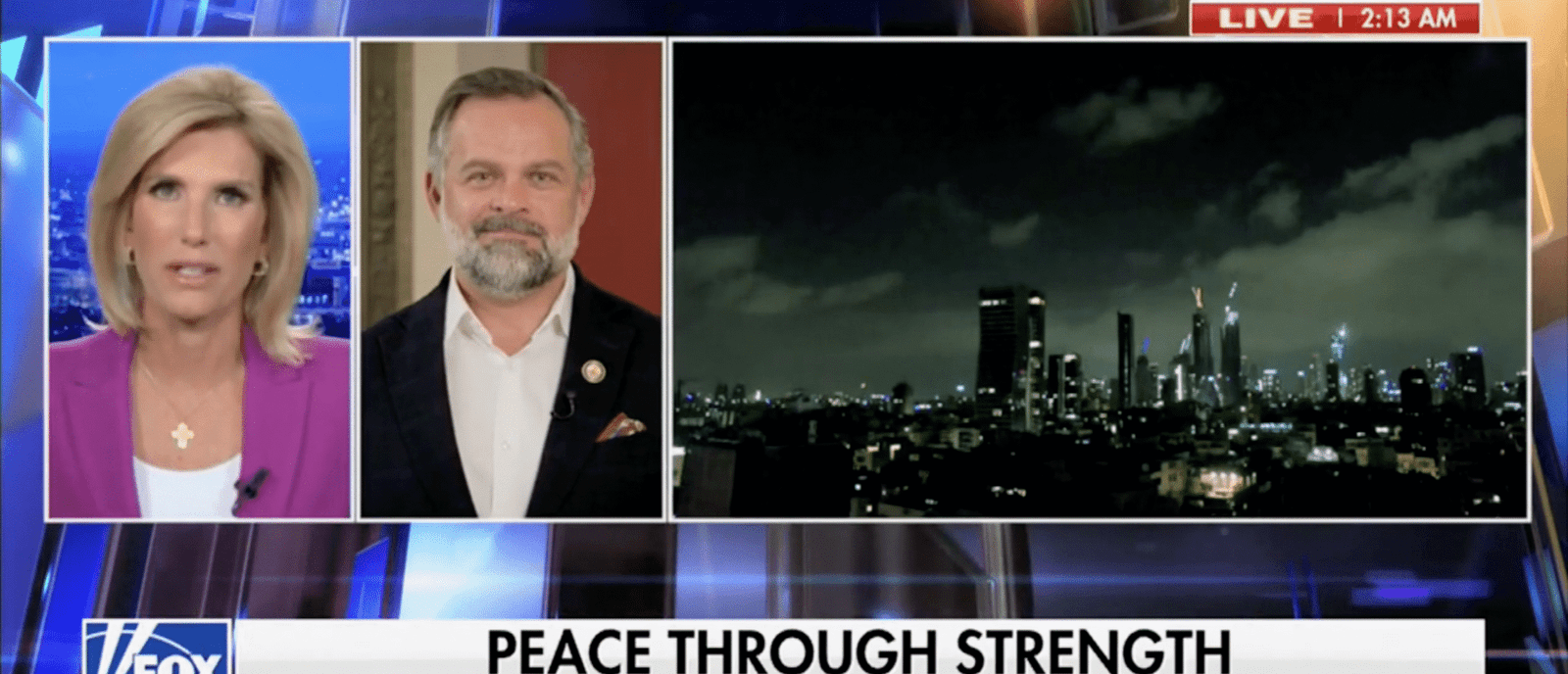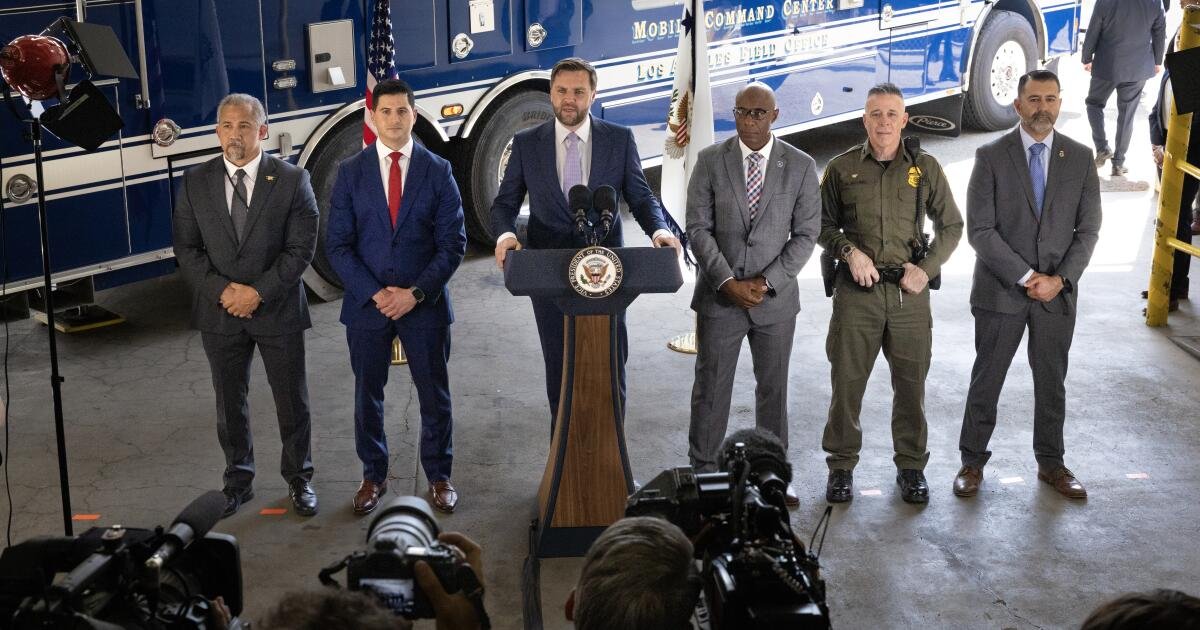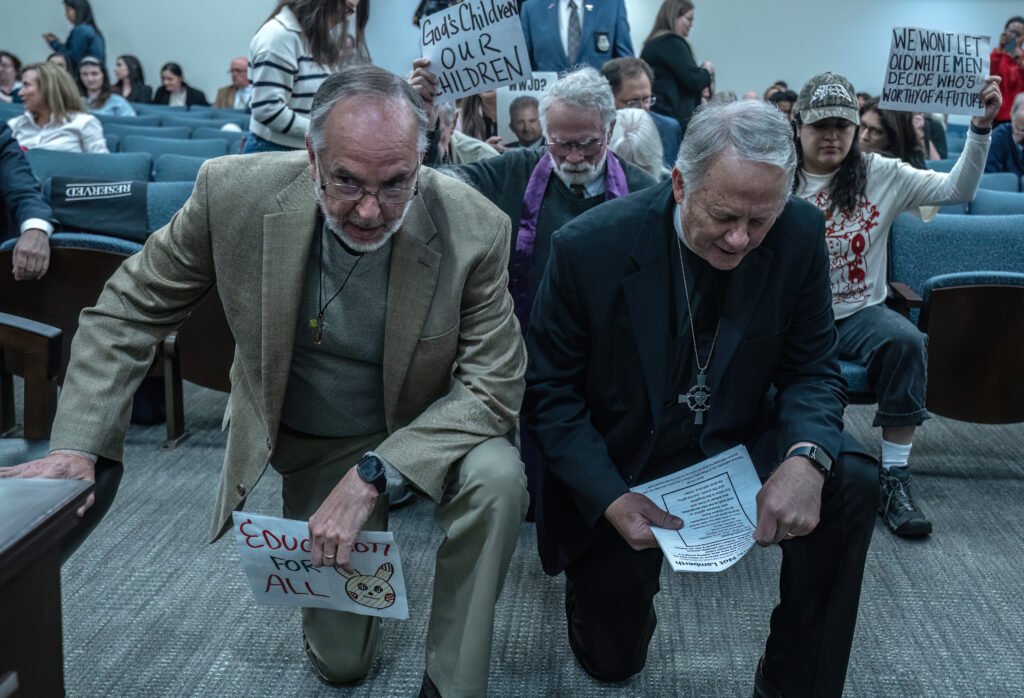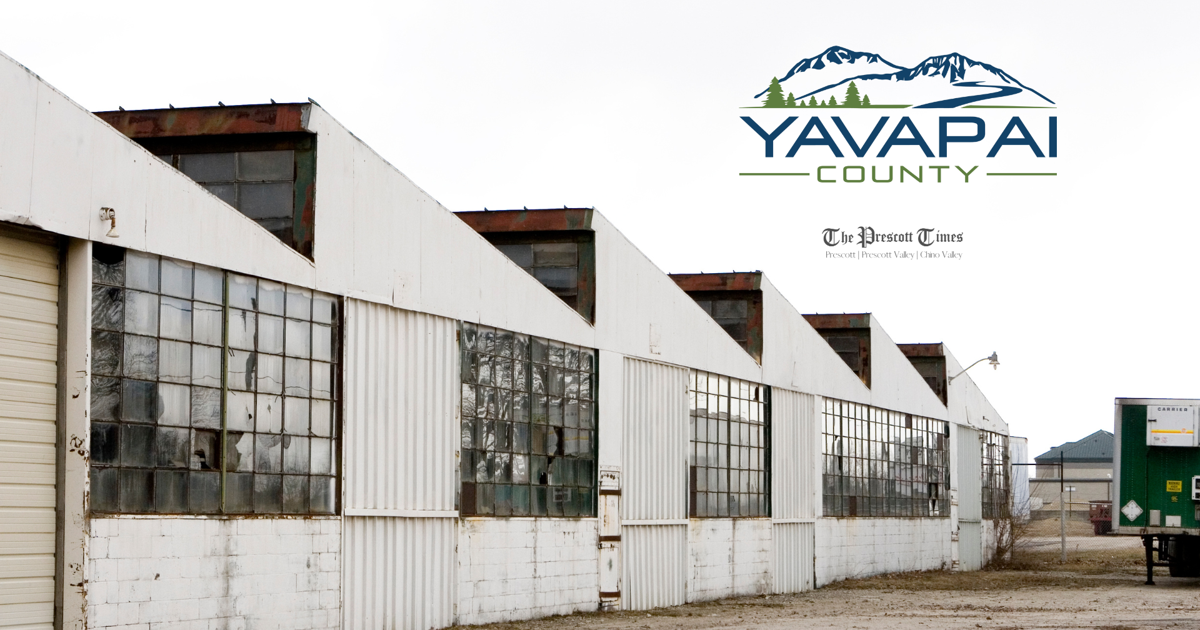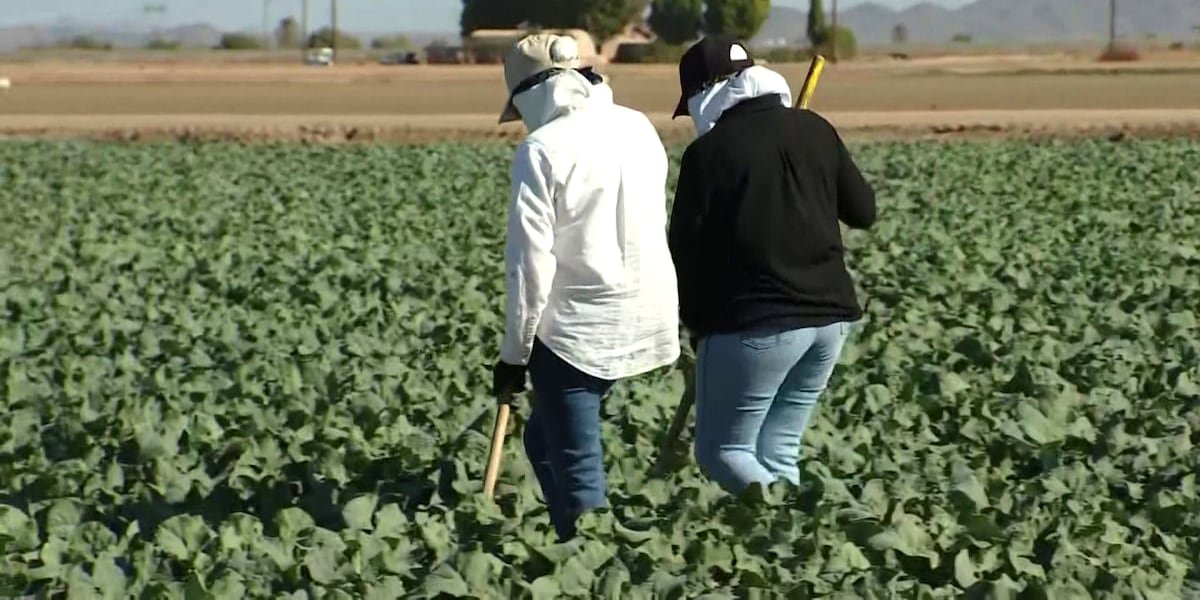The Grand Canyon, one of the Seven Natural Wonders of the World, home of the Havasupai Tribe and the jewel of Coconino County, is at risk of contamination from the Pinyon Plains uranium mine just outside its southern entrance.
The park is visited by 4.5 million people every year.
The mine sits on top of the Redwall Mu'av Aquifer, which supplies streams and springs throughout the Grand Canyon, and is the sole source of agricultural and drinking water for the Havasupai people who live in the village of Spai at the base of the Grand Canyon. It has become.
The Pinyon Plains Uranium Mine is already extracting ore and determining a route through Coconino County and tribal lands to the plant in southern Utah. Ore is transported by truck through communities where accidents can cause irreparable damage to watersheds and impact air quality for residents.
…For these and other reasons, the Coconino County Board of Supervisors reaffirmed its opposition to the Pinyon Plains uranium mine at its February 20, 2024, regular meeting.
With the creation of “Burge Nwavjo Ita Kukuveni – Grand Canyon National Monument Ancestral Footprints,” nearly one million acres of land around the Grand Canyon will be permanently protected from future uranium mining. However, existing mining permits remain valid,” said District 1 Supervisor Patrice Horstman. “The Pinyon Plain Mine is extracting ore that threatens the very existence of the Havasupai people and their homeland.”
It is estimated that 1.3 percent of the U.S.'s uranium deposits are located in the Grand Canyon region. Shutting down all uranium mining would have no meaningful impact on America's energy independence or nuclear energy portfolio.
“We cannot put the Grand Canyon in jeopardy for a variety of reasons: first, the homeland of the Havasupai, second, other indigenous peoples who consider this sacred land, and third, the Grand Canyon as a special place.” The rest of us think that,” said District 2 Superintendent and Board President Geronimo Vazquez. . “We are putting the profits of foreign mining companies at risk.”
The Coconino County Board of Supervisors has long opposed uranium development near the Grand Canyon and its watershed and has passed various resolutions over the years. This Resolution, 2024-09: A resolution of the Coconino County Board of Supervisors opposing uranium mining and transportation in the vicinity of Grand Canyon National Park and those portions of Burge Nwabujo Ita Kukuveni – Grand Canyon National Monument and its Ancestors. The footprint of the watershed and airfield located within Coconino County, Arizona, requires mine closure or:
- The Arizona Department of Environmental Quality (ADEQ) and the Environmental Protection Agency (EPA) conduct intense and frequent water and air quality monitoring along the Pinyon Plain uranium mine and transportation routes.
- ADEQ and EPA publish monitoring data monthly.
- The mine's existing environmental impact report from the 1980s was re-evaluated to ensure that it complies with current scientific knowledge, takes into account the latest research and hydrogeology, and meets current environmental, health and safety standards. confirm.
The Coconino County Board of Supervisors unanimously approved the resolution.
To view the full text of the resolution, please visit:
https://coconino.az.gov/DocumentCenter/View/61935/Resolution-2024-09


